Are you worried about how to comfort your dog after they have undergone neutering surgery? It’s natural to be concerned about your pet’s well-being and comfort after any medical procedure. Neutering surgery can be a stressful experience for dogs, as it involves general anesthesia and the removal of their testicles (in males) or uterus and ovaries (in females).
However, with proper care and attention, most dogs recover quickly from the procedure and experience little discomfort. In this article, we’ll provide you with crucial tips for helping your dog feel comfortable and secure after neutering surgery, so you can give your furry friend the best possible care.

How Do I Comfort My Dog After Neutering (or other surgery)
Keep your dog calm and quiet
Your dog is gonna need some time to heal and rest after being neutered. For your dog’s mental health and well-being, it’s best to keep them in a peaceful, quiet setting. Keep activity to a minimum.
Wait at least a week after surgery before allowing your dog to play or take part in any intense exercise. This gives him the best chance to recuperate from the surgery.
Keep your dog on a leash at all times
Look, Aussies LOVE to run. They don’t know the danger that running “right now” could lead to. From ripped incisions to even worse…
So to keep this problem at bay…
Your dog should be kept on a leash for at least a week following surgery. This will keep them from running, leaping, or playing too much. This is especially crucial for puppies, who may not completely comprehend the limitations imposed on them following surgery.
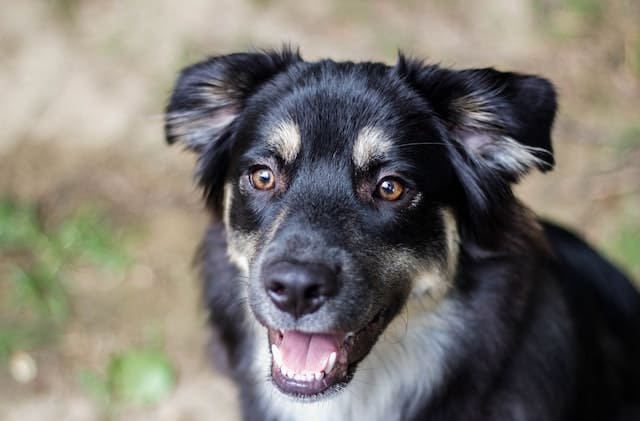
Keep your dog’s incision clean and dry
Your veterinarian will give detailed instructions on how to care for your furry friend’s incision after surgery. Avoid infection by doing the recommendations exactly as he describes.
Be sure to keep the area clean and dry. Keep an eye out for any signs of infection (such as redness, swelling, or discharge). If you happen to notice any of these symptoms (or anything that doesn’t seem quite right), please contact your veterinarian right away.
Give your pup his medication exactly as instructed
It’s possible that your vet will recommend medicine to help your dog have a speedy recovery after surgery. It’s really important to give your dog his medication EXACTLY as instructed in order for them to feel better and recover faster.
This may include pain relievers as well as antibiotics and other medications to avoid infection or other problems. Follow the instructions on the label or as directed by your veterinarian, and don’t be afraid to ask questions.

Observe your pup’s eating patterns
After surgery, dogs might not have much of an appetite for up to two days. Call your veterinarian if his appetite does not return to normal within 2-3 days. Your vet might need to change his meds to help him feel better again.
Avoid letting your dog engage play with other animals
You should be aware that after surgery, your dog’s susceptibility to infection may increase. A healthy animal population is dependent on the separation of potentially infectious species. Every animal you encounter, from household pets to strays in the park, fits into this group. Keep them in a safe place where temptation is minimal.
Be sure their bed is extra clean
Just like us human types, dogs want a comfy, clean (and quiet) environment to recover in after surgery.
Provide them with a clean, comfortable bed to sleep on, and be sure that their crate is always clean. Do this and they will feel way more secure and at ease during recovery.

Replace the collar with a harness
A cone or Elizabethan collar may be used to keep your dog from licking or biting their incision after surgery. To avoid putting unnecessary stress on the incision, a harness should be used when walking your dog. The smooth recuperation of your dog will be ensured and difficulties avoided if you follow these steps.
The dog must be kept inside
At least a week after surgery, your dog should not be allowed outside. This will aid in their recovery, keep them safe from harm, and protect them from encounters with other animals. If your dog suffers from anxiety or has a history of attacking other animals, this is very vital.

Spend lots of time with your Australian Shepherd and show him affection
Following surgery, your dog will require additional way more affection and care from you. You can assist them feel better by showering them with hugs and tasty treats. Because of this, they will feel more at ease and safe, which will aid in their rehabilitation.
Spaying or Neutering Dogs
Spaying or neutering your dog, also known as having your dog “fixed“, has been shown to have several health benefits for your pets. You may even see a reduction in undesirable behaviors such as mounting, roaming, and animal aggression.
These procedures can also help prevent the birth of unwanted puppies, as approximately 3.3 million dogs come to shelters every year. Getting your dog spayed or neutered is a way you can help reduce the overall number of unwanted pets in your area.

Is it safe?
Yes. Most vets have experience performing these common veterinary procedures. However, there is some risk involved whenever an animal is put under anesthesia, similar to medical procedures in human medicine.
During the surgery, your veterinarian will closely monitor your dog and watch for potential complications.
What are the differences between spay and neuter surgeries?
While both spaying and neutering are surgical procedures used to sterilize a dog so they are unable to produce litters of puppies, there is an important difference between the two procedures. When a male dog is neutered (castrated), the testicles are surgically removed while he is under general anesthesia.
During a spaying procedure, a female dog is surgically sterilized when the uterus and both ovaries are removed while she is under general anesthesia. Both surgeries are often referred to as neutering or “fixing” dogs. If you’d like to learn more, we also have this resource on the site: When Should I Spay or Neuter My Australian Shepherd?
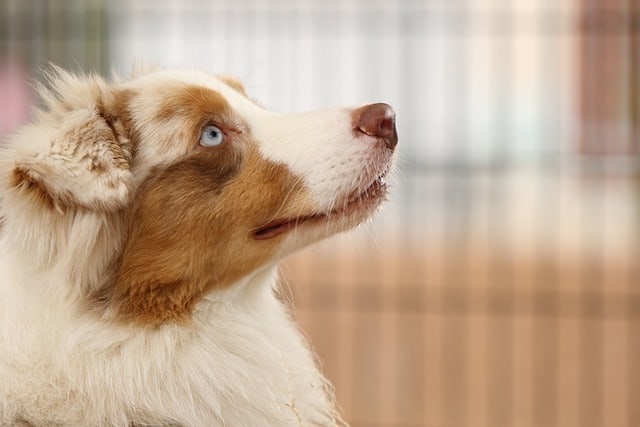
How can I help my dog feel more comfortable after surgery?
To help your dog rest and feel as comfortable as possible after surgery, consider the following tips:
Provide a quiet place for your dog to rest and recover indoors, away from other animals.
Use a cone (Elizabethan collar) or postoperative jumpsuit (recovery suit) to prevent your dog from licking the incision site. Licking the incision may transfer bacteria and cause infection.
Check the incision site daily to ensure that it is healing properly and there are no signs of infection, such as discharge, swelling, or redness.
For two weeks after the spay or neuter surgery, prevent your pet from jumping or running.
Follow your vet’s advice about physical activity following the procedure, as further restrictions may be necessary for your dog.
If you notice any discharge, swelling, or redness at the surgery site, or if the incision opens, contact your vet. You should also contact your vet if your dog has diarrhea, begins vomiting, stops eating, or seems lethargic.
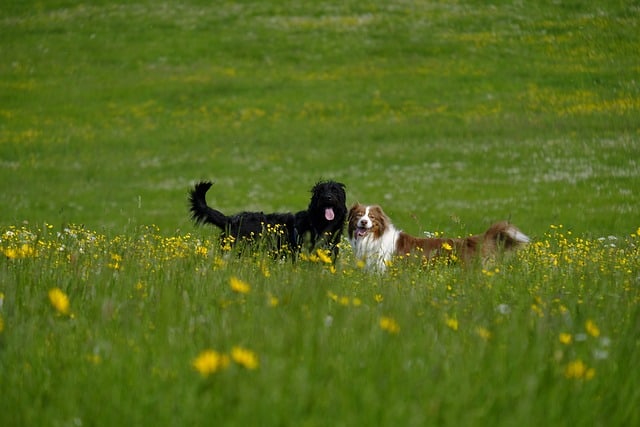
How long will my dog be in pain afterwards?
Note that spaying female dogs is a more involved procedure than neutering males, but both should take about the same amount of time to recover. Immediately after surgery, your dog may not seem like their usual self or may feel queasy or tired, which are typical side effects of general anesthesia. Your dog should begin behaving more like themselves the next day and show little sign of pain or discomfort.
Most discomfort caused by spay or neuter surgery only lasts for a few days and should dissipate after a week. If your pet is experiencing discomfort or pain for more than a couple of days, contact your vet for additional advice.
Will my dog require pain medication following surgery?
Yes. While your dog will be unconscious throughout the surgery and will not feel any discomfort, they will require pain medicine after the treatment. Your veterinarian will deliver pain medicine to your dog through injection at the conclusion of the surgery. This long-term pain reliever should last in your dog’s system for 12 to 24 hours.
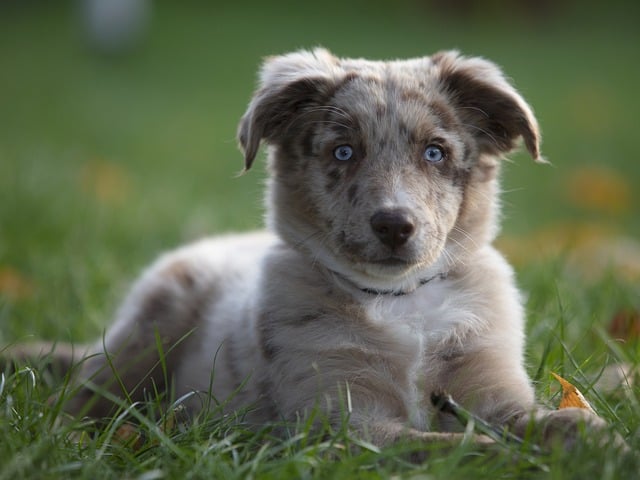
What can I give my Aussie to relieve discomfort after surgery?
If your veterinarian has not given your dog pain medication, you can ask for recommendations. Some dog pain medications are Nonsteroidal anti-inflammatory medicines (NSAIDs) such as Rimadyl or Torbugesic are typical alternatives. It is critical to follow your veterinarian’s recommendations and only give your dog the prescribed dose of dog pain medications. Overdosing on pain medication can be deadly for dogs, so always contact with your physician before administering any meds to your pet.
It’s also worth noting that several human pain relievers, including acetaminophen (Tylenol) and ibuprofen (Advil), are harmful to dogs and should never be given to them. Consult your veterinarian if you have any queries regarding which medications are safe for your dog.
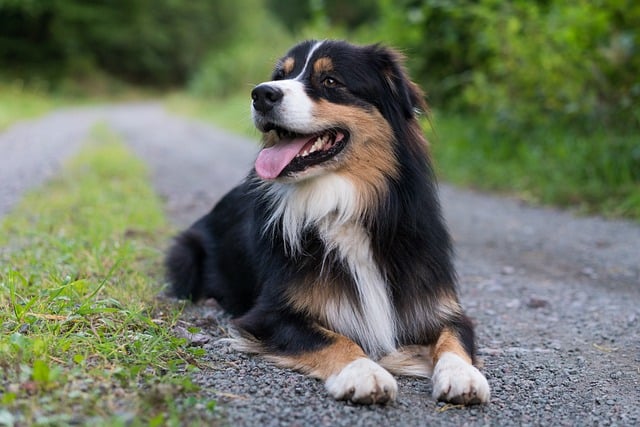
What potential risks are associated for my Aussie?
Spaying and neutering are typically safe operations, however there is a minor chance of problems.
These complications may include infection at the incision site, hemorrhage, or reactions to the anesthetic.
Immediately call your veterinarian if your dog has any of these issues.
In rare instances, spaying or neutering your dog may also lead to behavioral changes. Some dogs may become more scared or uneasy following the treatment, while others may become more aggressive. (I’ve heard some Australian Shepherds are calmer, but I can’t say I’ve ever experienced any change in ours)
After spaying or neutering your dog, if you observe any behavioral changes, be sure to discuss them with your veterinarian. They can assist you in comprehending the problem and provide suggestions for correcting any behavior modifications.
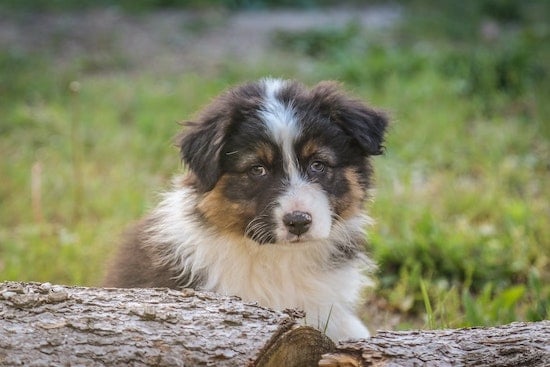
Final Thoughts…
Finally, note that there are several reasons why you should consider spaying or neutering your dog. Most Australian Shepherds have pretty darn quick recoveries with minimal discomfort following the treatment.
While there is a rare possibility of issues, your dog’s rehabilitation will typically go smoothly. Be sure and follow your vet’s orders and put your newly teste-free friend in a quiet, peaceful place to relax.
Hopefully now you can stop asking yourself “How do i comfort my dog after neutering?” and help him get on a quick and safe recovery.
Don’t hesitate to ask your vet for advice if you have any worries at all about your dog’s health following spaying or neutering.
Hey there! Just a friendly reminder note that the advice provided in this post is meant to be helpful and informative, but it should not be used as a substitute for proper medical care from a licensed veterinarian.
Your furry friend is counting on you to keep them healthy and happy, so if you have any concerns about their well-being, it’s always best to schedule an appointment with your trusted vet. They’ll be able to give your pet the professional attention they deserve and help you give them the best possible care.
————-
Still curious? Here’s a Resource List for Spaying and Neutering Dogs:
ASPCA: “Spay/Neuter Your Pet”
This page from the American Society for the Prevention of Cruelty to Animals (ASPCA) provides information on the benefits of spaying and neutering, as well as tips for preparing your dog for the procedure and caring for them during recovery.
ISVMA: “Spaying and Neutering Your Pet”
The Illinois State Veterinary Medical Association (ISVMA) provides a detailed overview of spaying and neutering, including the benefits, risks, and recovery process.
The Humane Society: “Spay and Neuter Your Pet”
The Humane Society provides information on the importance of spaying and neutering, as well as tips for finding low-cost options in your area.
PetMD: “Spaying and Neutering Dogs: Everything You Need To Know”
PetMD’s article discusses the pros and cons of spaying and neutering, as well as the best age to spay or neuter your dog.
Best Friends Animal Society
Best Friends Animal Society provides information on the benefits of spaying and neutering, as well as resources for finding low-cost options in your area.


